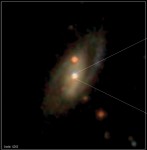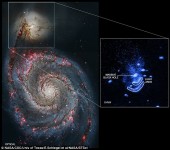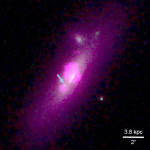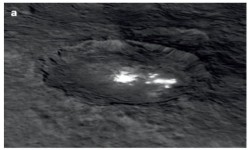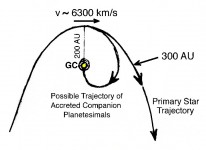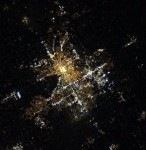Grusenick Experiment Proves the Existence of the Ether and of a Vertical G-on flux
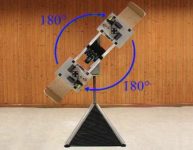
In 2009 the German scientist Martin Grusenick conducted an interferometer experiment that proves the existence of an ether and that indicates the presence of an ether wind oriented vertical to the Earth’s surface. He constructed an interferometer similar to that used by Michaelson-Morley and found More



